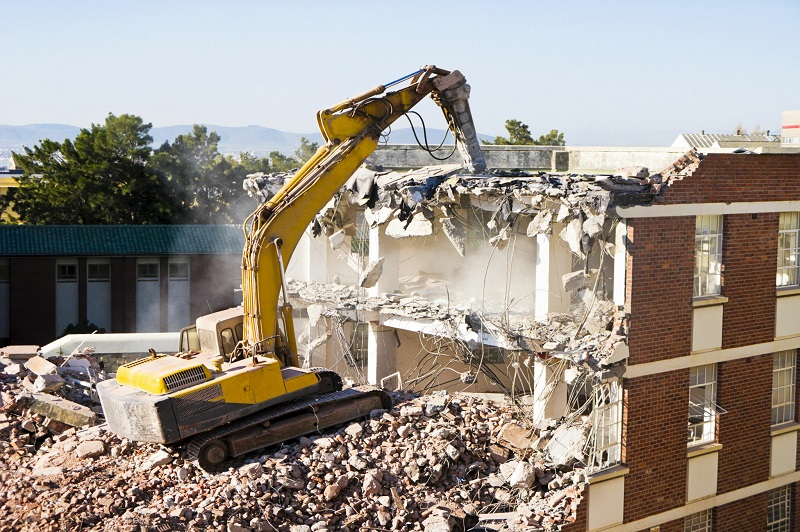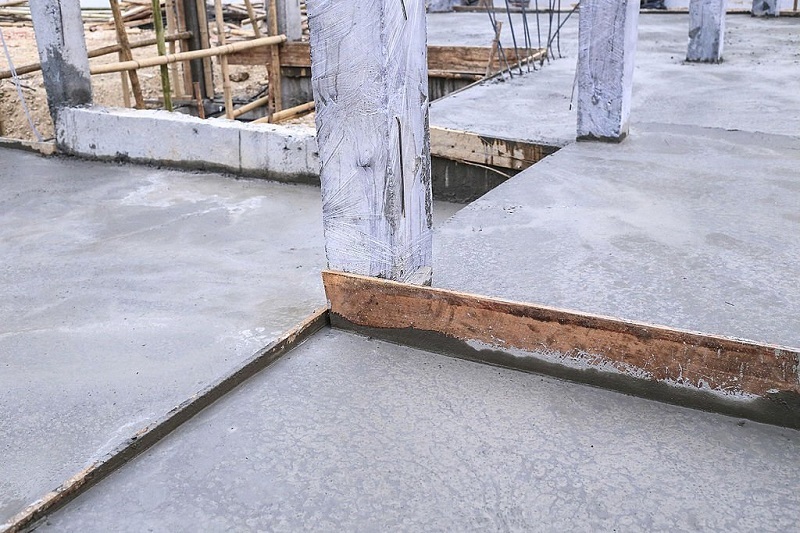Demolition projects, while essential for urban development and infrastructure evolution, come with inherent risks that demand meticulous attention to safety. The imperative of safety in demolition projects cannot be overstated, as the process involves the controlled dismantling of structures, often in densely populated areas. This article explores the multifaceted aspects of ensuring safety in demolition houses, delving into the critical measures, regulations, and technologies that play pivotal roles in safeguarding both human lives and surrounding structures.
The Complex Landscape of Demolition Safety:
Demolition, by nature, is a complex endeavor that requires a nuanced approach to safety. One of the primary challenges lies in the unpredictability of structures and the potential hazards they pose during dismantling. Safety measures in demolition encompass a spectrum of considerations, ranging from site assessment and planning to the selection of appropriate demolition methods.
Site Assessment and Planning:
Before the wrecking ball swings or explosives are set, a comprehensive site assessment is paramount. This involves evaluating the structural integrity of the building, identifying potential environmental hazards such as asbestos or lead, and assessing the proximity to neighboring structures. A meticulously devised demolition plan considers these factors, aiming not only to bring down the structure but to do so in a manner that minimizes risks.
Regulatory Compliance:
Adherence to safety regulations is non-negotiable in demolition projects. Governments and regulatory bodies enforce strict guidelines to ensure that demolitions are carried out with the utmost care and consideration. These regulations cover aspects such as permits, safety training for personnel, waste disposal, and noise and air quality control. Demolition companies must navigate this regulatory landscape to obtain the necessary approvals and conduct operations within legal parameters.
Technology Advancements in Demolition Safety:
As technology advances, so does its role in enhancing safety in demolition. Modern demolition techniques incorporate state-of-the-art technologies, such as precision-controlled explosives, robotic machinery, and advanced monitoring systems. These innovations allow for more controlled and targeted demolitions, reducing the risk of collateral damage and enhancing overall safety. Real-time monitoring during demolition activities provides valuable data, enabling quick adjustments to mitigate unforeseen risks.
Personnel Training and Safety Protocols:
Human factors play a crucial role in ensuring safety in demolition projects. Proper training for personnel involved in the demolition process is imperative. From equipment operators to ground crews, everyone must be well-versed in safety protocols and emergency procedures. Regular drills and ongoing safety training contribute to a culture of awareness and preparedness, reducing the likelihood of accidents.
Conclusion:
In the realm of demolition projects, safety is not an ancillary concern but a foundational prerequisite. The imperative of safety in demolition is underscored by the need to protect lives, preserve surrounding structures, and adhere to stringent regulatory frameworks. As technology continues to evolve, it brings with it new possibilities for safer and more efficient demolition practices. The collaboration of meticulous planning, regulatory compliance, advanced technologies, and well-trained personnel forms the bedrock of a demolition project that prioritizes safety. Only through a holistic approach can the inherent risks associated with demolition be mitigated, paving the way for urban development that is not only progressive but also mindful of the well-being of communities and the environment.



